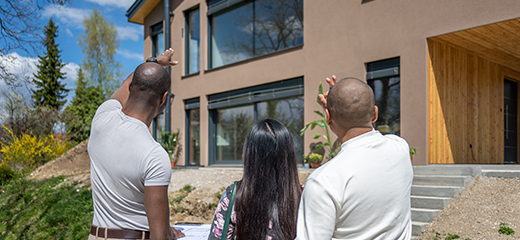
Why bricklaying is best left to the experts
If you’re thinking of doing some home improvements and taking on the bricklaying job yourself, you might want to reconsider or find expert assistance.
To anyone who’s ever played around with building blocks or Lego, bricklaying may appear deceptively simple. But, in reality, it requires experienced hands if your structure is going to be straight, strong and stable.
There are many elements that go into building a brick-and-mortar structure that will stand the test of time. When speaking to a contractor or labourer be sure to discuss the following elements:
- Location, design and plans: The first thing your contractor is going to need to understand is where you want to build and what you want to build. Ideally, your contractor should see the location themselves and discuss the plans with you. This is also a good time to discuss patterns and plastering. A drawing of the plan should be created to ensure that both you and the contractor have the same expectations.
- Foundation: Built structures need proper foundations to provide stability. Your contractor will need to know the length and height of the proposed structure as well as any load it will need to bear to calculate the required foundation size and materials.
- Brick selection: Your choice of bricks will be determined by various factors including size, colour and texture, proposed pattern and material. If your structure is going to encounter high heat levels – such as a fireplace, braai or firepit – be sure to discuss this with your building materials supplier.
- Mortar: This is the material that will hold your structure together and needs to be properly selected, mixed and applied. If you are not going to plaster over your structure, consider the impact the mortar colour will have on the appearance of your structure or consider selecting coloured mortar. Speak to your contractor about the best type and mix for your project to be long-lasting.
- Tools: Bricklaying is a specialist field, and your contractor or labourer should have the appropriate tools for the job. These include a spirit level, builders line, brick trowel, steel float, pointed trowel, brick hammer, line pins, brick pointer, bolster chisel, brush, spade and wheelbarrow. If the structure will be exposed to the elements, your contractor should also have tarps to provide protection from wet weather.
- Experience: Choosing an experienced contractor or labourer is essential to the success of your project. If your contractor doesn’t have the appropriate tools, then this should send off alarm bells. Other elements to discuss with the contractor that will reveal their experience include the estimated time to complete construction, impact of weather conditions, time allocation for foundations and mortar to set properly, and when your structure will be ready to carry the load.
Related articles:









